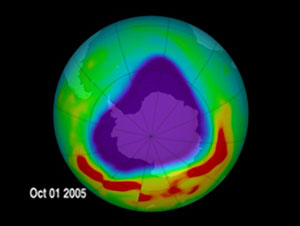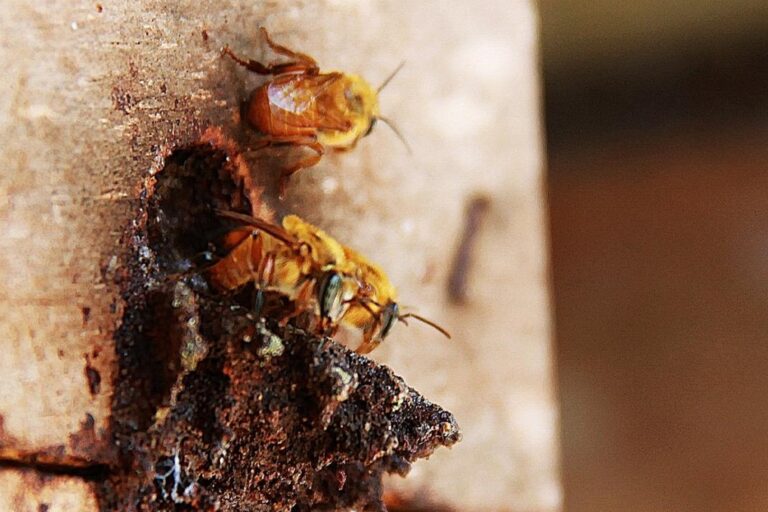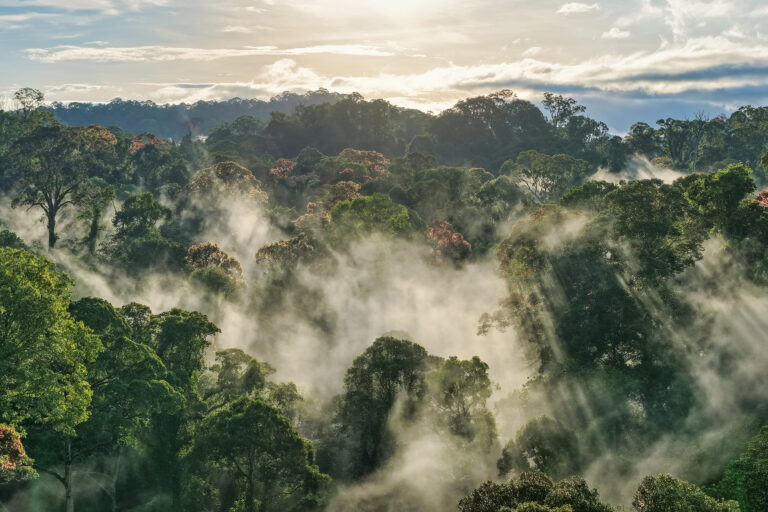China to ban ozone-depleting CFCs
China to ban ozone-depleting CFCs
mongabay.com
June 28, 2007
China has moved to ban the production of ozone-depleting chlorofluorocarbons (CFCs), according to a statement from the country’s environmental protection agency. The action is in accordance with the 1987 Montreal Protocol to phase out the use of ozone layer-depleting products . China, which signed the agreement in 1991, says it will end all CFC production by 2010.
“Relevant companies must demolish equipment involved in the production of CFC substances by Aug. 15,” stated the State Environmental Protection Agency.
 This still image is from an animation that zooms down to Antarctica and shows the daily ozone readings from July 1, 2005 to October 25,2005. Credit: NASA |
Ozone depletion is blamed for the ozone “hole” that appears over the Antarctic. The ozone hole is caused by the “catalytic destruction” of ozone by atomic chlorine and bromine, the source of which is primarily chlorofluorocarbon (CFC) compounds known as “freons” and bromofluorocarbon compounds known as halons. In 1987, following the discovery that these compounds were responsible for the ozone depletion in the upper atmosphere, the international community adopted the Montreal Protocol which banned the production of CFCs and halons as well as related ozone depleting chemicals. These compounds are also known to be greenhouse gases dozens of times more potent than carbon dioxide.
Because the ozone layer prevents most harmful UVB wavelengths of ultraviolet light from entering the Earth’s atmosphere, ozone depletion is a significant concern. Increased penetration by UVB wavelengths of ultraviolet light is believed to heighten the incidence of skin cancer, damage plants, and reduce ocean plankton populations.
Some experts say policy action on ozone depleting chemicals could serve as a blueprint for future negotiations on climate change. A paper published earlier this year in PNAS argued revealed that the Montreal Protocol has helped slow the rate of global warming in addition to protecting the ozone layer














